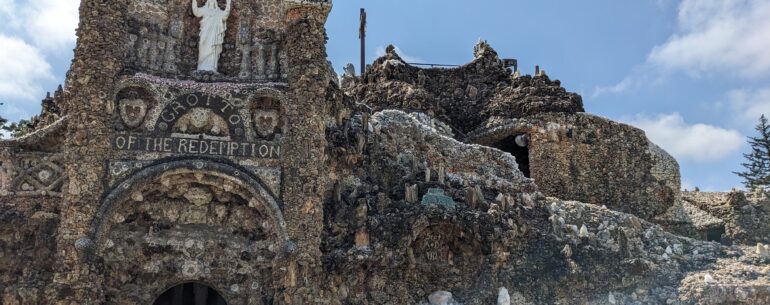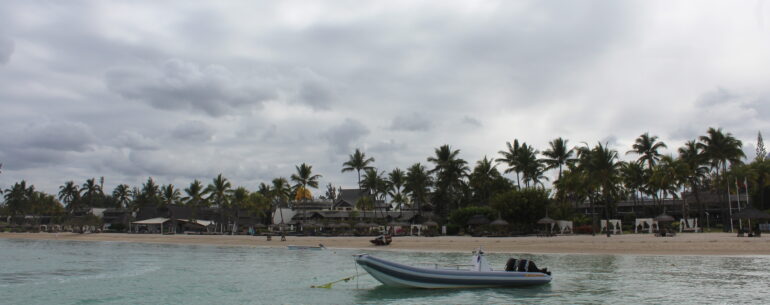Cairo is a very ancient and a very large city, with a population of ~ 10 million (over 20 million in greater Cairo, almost 20% of Egypt’s population). Located on the banks of Nile river, Cairo is a fairly dusty city, thanks to the surrounding desert. I was looking out of the window as my flight was landing at Cairo Airport and until the wheels touched down on the runway, I saw only sand!
Traffic density in Cairo is high, but despite the dust and traffic, I loved the feeling of being in one of the oldest cities in the world.
A city of contrasts
Cairo is a city of contrasts. A unique blend of old and new. It appears quite modern near the bank of Nile river, and progressively appears ancient as you move away. There are trappings of a modern city and there is a semi walled city with a huge number of old monuments.
At the centre of the city, very close to the Nile river is Tahrir Square, and the famous Egyptian museum( in the process of being shifted).
What to see in Cairo
The Giza Pyramids complex –
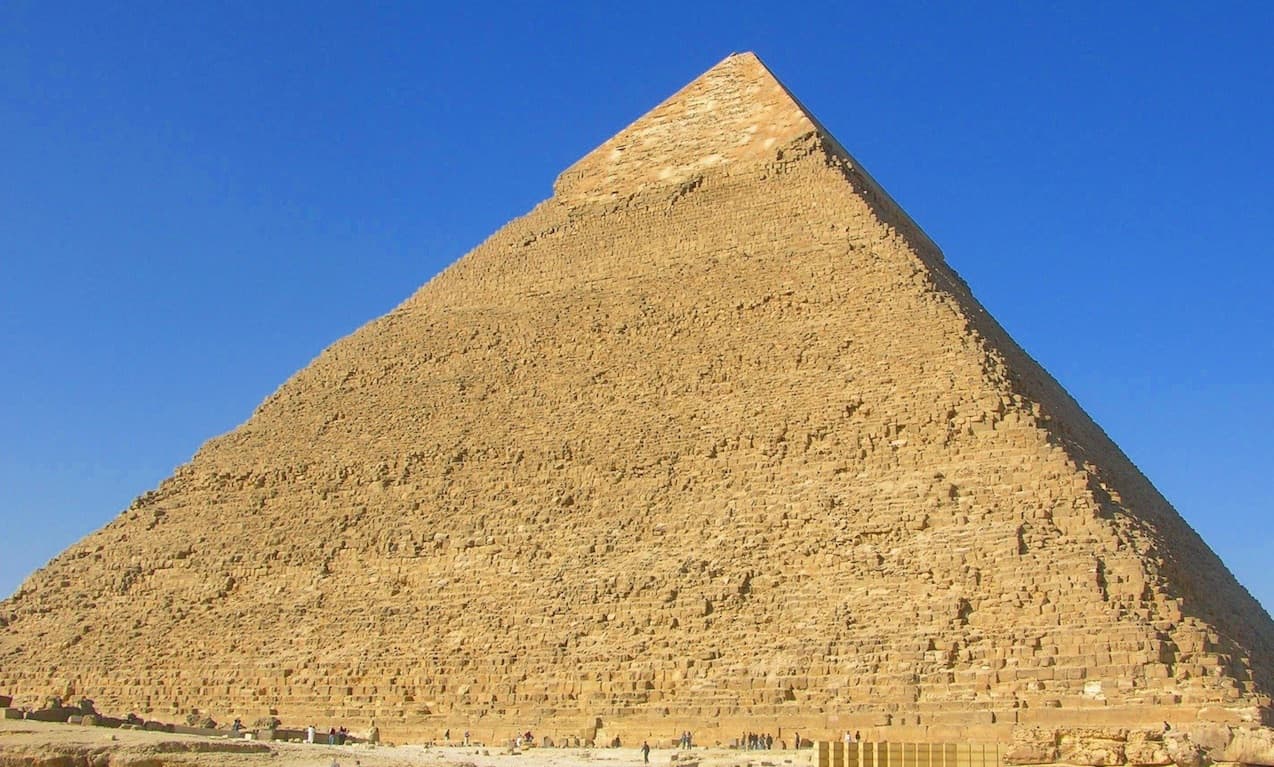


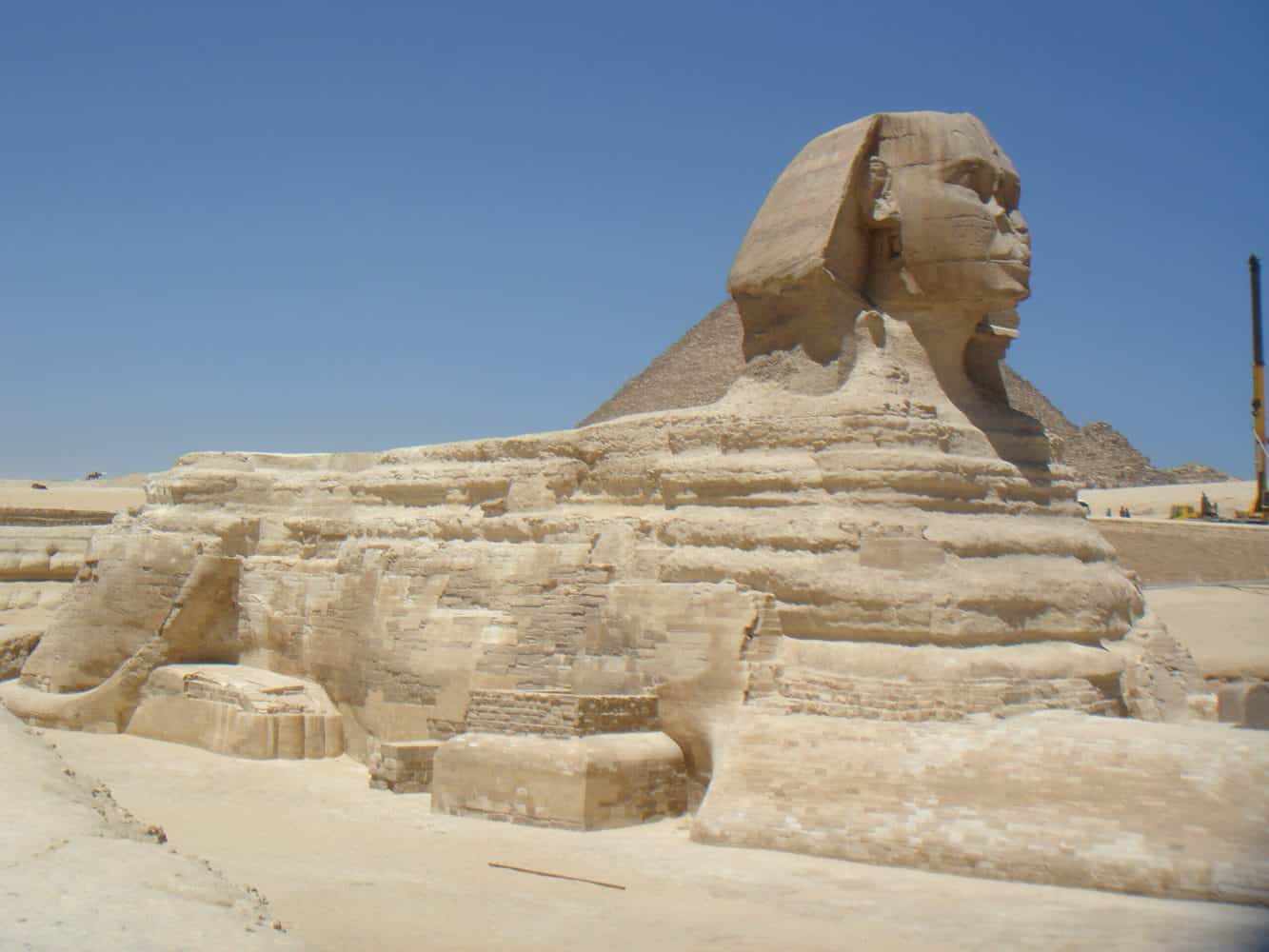
At the top of the list and the main reason to visit Egypt are the Pyramids and the Great Sphinx at Giza, located a very short distance from southern Cairo. The great Pyramid of Giza is the oldest and the largest of the 3 pyramids in Giza. Believed to have been built around 2550 BCE, it was the highest man made structure at around 500ft for almost 4000 years.
The pyramids were built over the tombs of royal family members. I walked through narrow staircase inside the two pyramids that led to the burial chambers. They are not as well decorated as some of the tombs in Valley of the Kings. But still, it was thrilling to get inside. Don’t miss it.
Camel rides are almost a formality when you visit Giza.
The sound and light held in the evenings is very impressive and must be watched. The pyramids look very different and very attractive under lights. This means Giza should be visited in the morning as well in the evening. You can do this the same day or different days.
Egyptians were the first to make paper from Papyrus tree and there are few factories in Giza that manufacture their own paper. I enjoyed watching the making of paper and thereafter, shopping for original papyrus paintings and souvenirs in the attached shop.
Saqqara monuments–
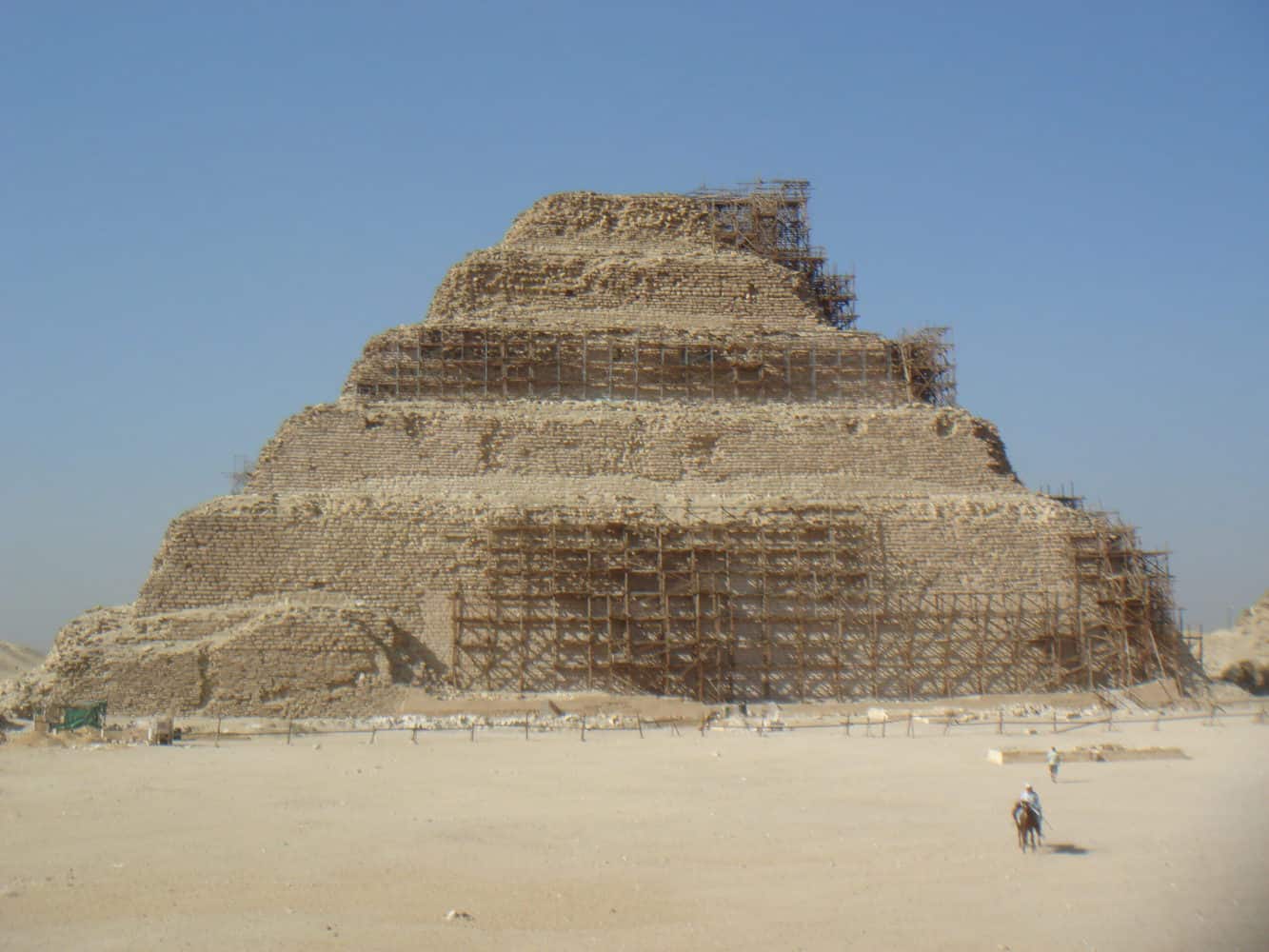
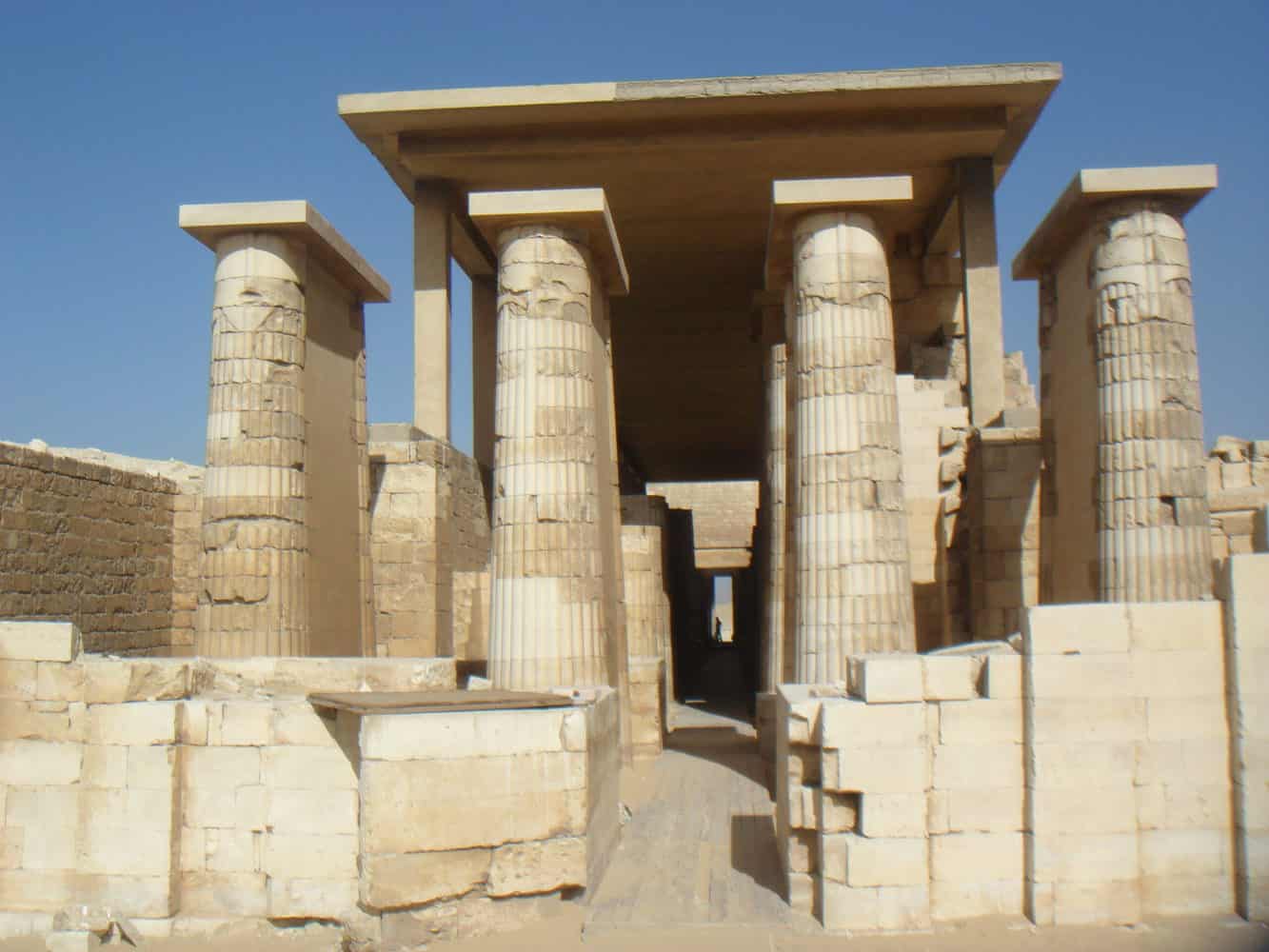
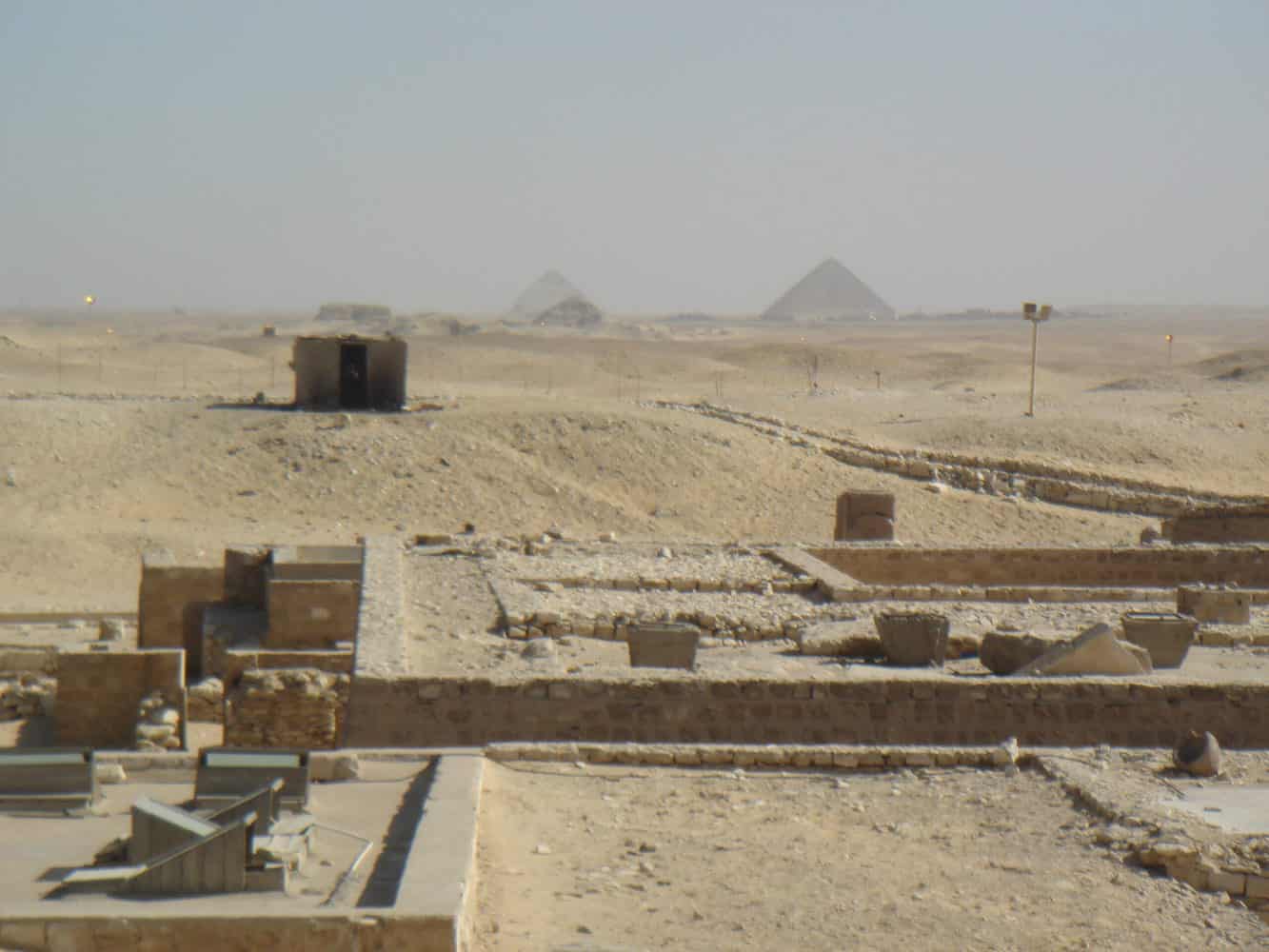
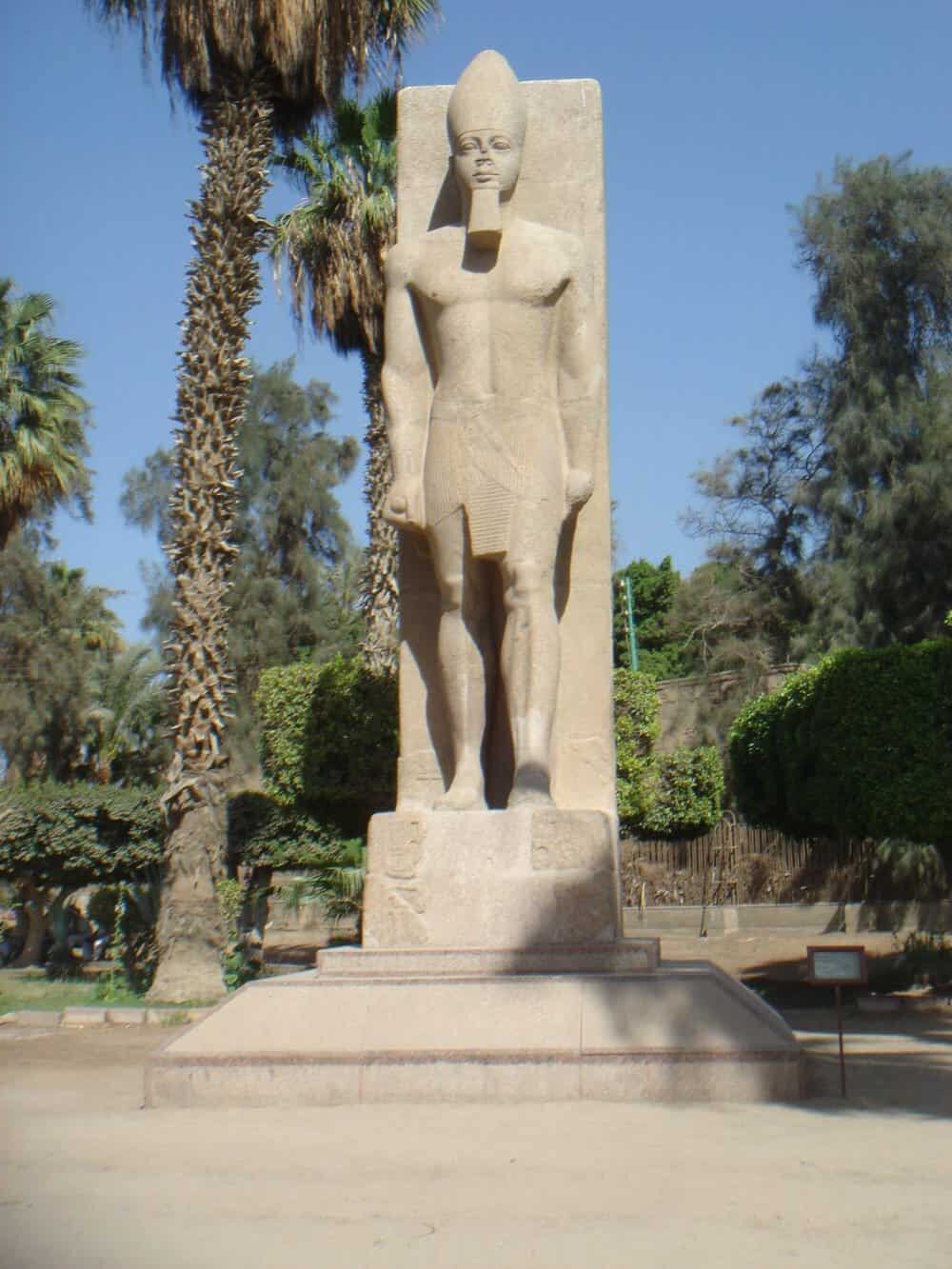
About 30 kms south of downtown Cairo, well beyond Giza, lies the necropolis site of Saqqara and the nearby Dahshur which is 10 kms away. Places to see include the step pyramid of Djoser, Imhotep museum, the Mastaba(tomb) of Ti, the Red pyramid and the Bent pyramid at Dahshur. Almost all other pyramids here are in ruins.
Saqqara, including Dahshur is a huge area and can easily fill the entire day. It is best to be selective about what to see. The ruins of the anciet capital of Memphis lie here.
Egyptian museum–
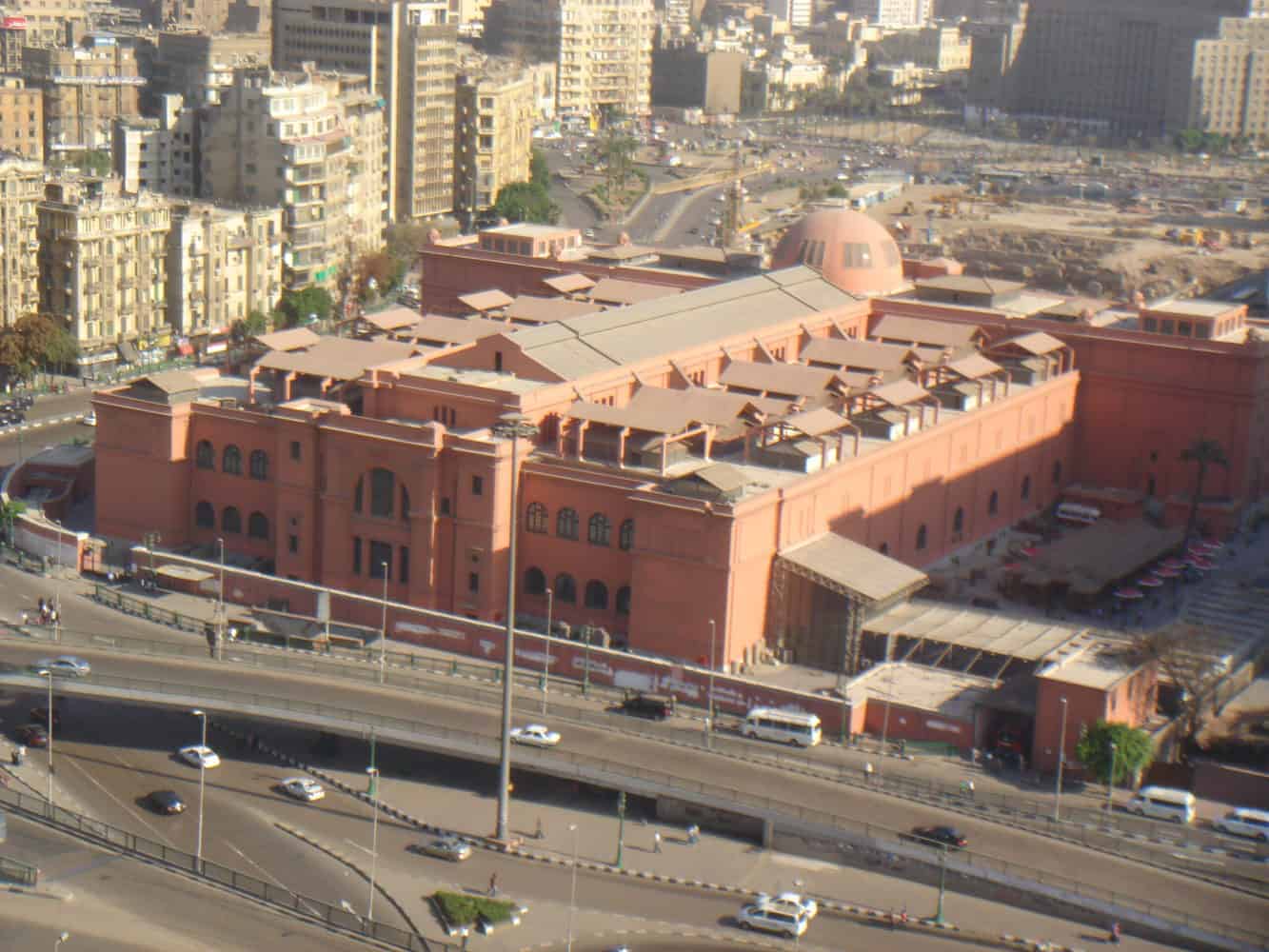

Home to the largest collection of Egyptian artifacts, the highlight of Egyptian Museum is undoubtedly the mummies of Egyptian kings and queens, including Ramesses II, Hatshepsut and many others. It is the most crowded section and worth spending some time to understand the process of mummification followed by the Egyptians.
Mummification was not restricted to royals alone. Even some animals such as monkeys and crocodiles have been mummified.
The museum is located at Tahrir square and requires half a day. Extra fee is payable to enter the Royal Mummy room. Tahrir Square is famous for political demonstrations.
It is unclear what will remain at the present museum after opening of Grand Egyptian Museum in Giza in 2021. I am not sure when the shift of mummies and artifacts will happen though it does appear some shift may have already happened.
Do not miss the Egyptian museum.
River cruise –
Variety of options are available. Dinner cruises normally include entertainment options such as belly dancing. Since I was anyway going on a longer cruise later, I preferred a one hour ride in a Felucca, the traditional sail boat.
Shopping –
I chose to shop in Giza. My guide took us to couple of rather touristy shops. I enquired about the prices in 2 shops before buying in one of them. I was very keen on hand made Papyrus paintings though most of them depicted scenes from Egyptian history. The variety of paintings available is huge and they come in various sizes and shapes. I got the paintings framed at home.
There are two problems I faced – how to ensure the paintings are genuine? And secondly, what is a reasonable price?
For the first part, I relied on my guide’s assertion that a particular shop sold only hand made original papyrus paintings. The factory was attached to the shop and hence the comfort was there. Even otherwise, the ones I bought looked very rich.
On the pricing, the rates I was quoted initially appeared quite atrocious. After some good deal of bargaining, I agreed to buy a few paintings and souvenirs. The rates do vary, from under USD 100 to over USD 500. I particularly liked one painting of Tutankhamun where in dim light, the eyes appear to be following you, wherever you go in the room.
In Cairo city, Khan el-khalili is a famous 700 years souq(market). Souvenirs, perfumes, hookah, jewellery, papyrus pictures…you will find everything here. I was however advised not to buy papyrus paintings here. Since I had made my purchases in Giza, I skipped Khan el-khalili.
What else?

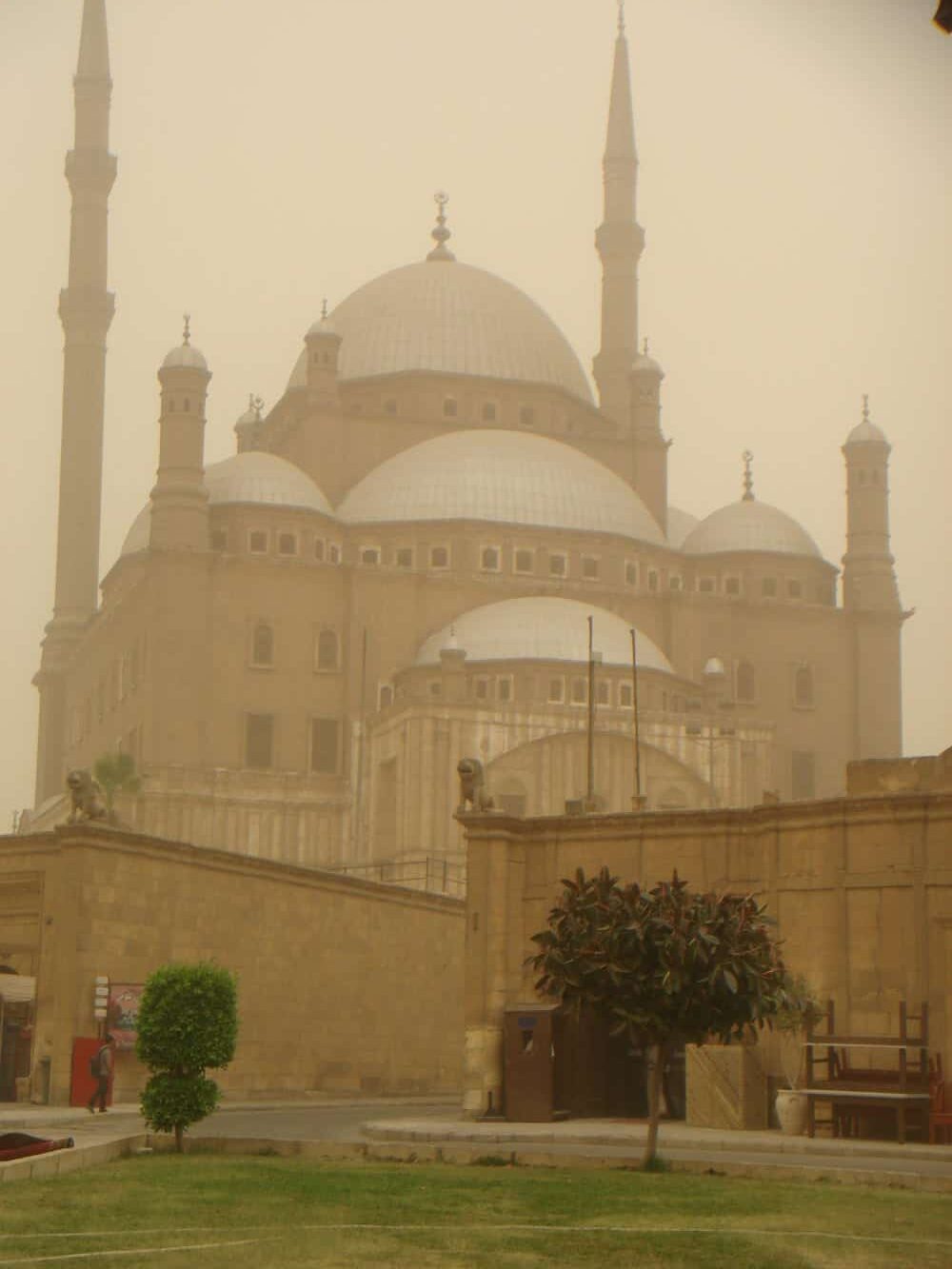

Other options to spend time include strolling on the banks of the river, walking in Old Cairo area(near Mar Girgis metro station), going up to Cairo Tower’s viewpoint around sunset, Al-Azhar mosque and park, visiting the Citadel and so on.
How many days in Cairo
4 days is ideal though 3 full days days is also good. 1 day for Giza(morning and evening), little less than a day for Saqqara, half a day for Egyptian museum, and the remaining time for everything else.
I arrived in Cairo around noon time. Stayed for 3 nights but since I was taking a night train to Aswan, I had 3.5 days.
Related posts on Egypt
An 8 and 12 day Egypt itinerary

